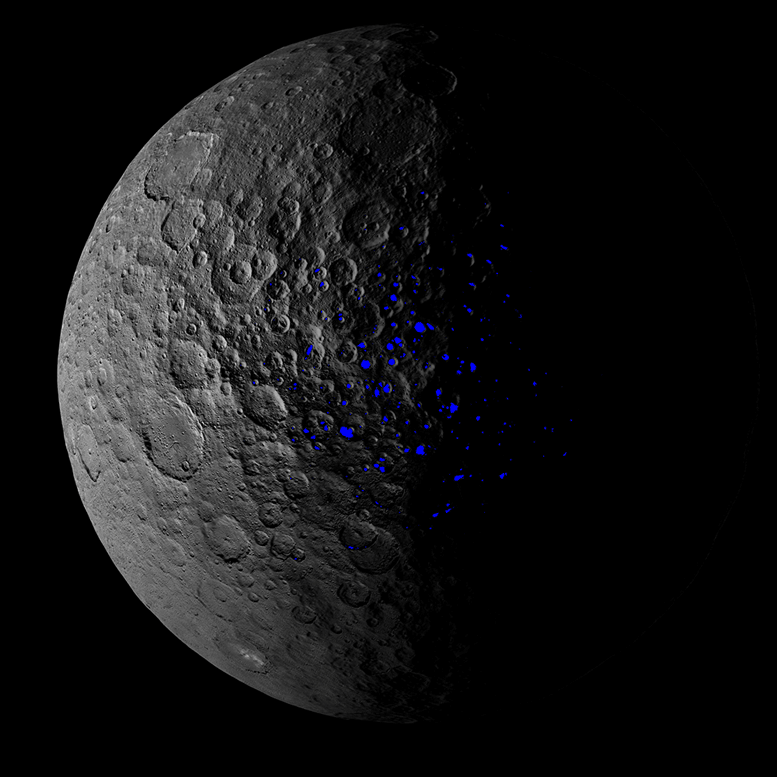
This animation shows how the illumination of Ceres’ northern hemisphere varies with the dwarf planet’s axial tilt, or obliquity. Shadowed regions are highlighted for tilts of 2 degrees, 12 degrees and 20 degrees.
Scientists examine the axial tilt of Ceres, finding a correlation between craters that stay in shadow at maximum obliquity and bright deposits that are likely water ice.
Dwarf planet Ceres may be hundreds of millions of miles from Jupiter, and even farther from Saturn, but the tremendous influence of gravity from these gas giants has an appreciable effect on Ceres’ orientation. In a new study, researchers from NASA’s Dawn mission calculate that the axial tilt of Ceres — the angle at which it spins as it journeys around the sun — varies widely over the course of about 24,500 years. Astronomers consider this to be a surprisingly short period of time for such dramatic deviations.
Changes in axial tilt, or “obliquity,” over the history of Ceres are related to the larger question of where frozen water can be found on Ceres’ surface, scientists report in the journal Geophysical Research Letters. Given conditions on Ceres, ice would only be able to survive at extremely cold temperatures — for example, in areas that never see the sun.
“We found a correlation between craters that stay in shadow at maximum obliquity, and bright deposits that are likely water ice,” said Anton Ermakov, postdoctoral researcher at NASA’s Jet Propulsion Laboratory, Pasadena, California, and lead author of the study. “Regions that never see sunlight over millions of years are more likely to have these deposits.”
Cycles of Obliquity
Throughout the last 3 million years, Ceres has gone through cycles where its tilt ranges from about 2 degrees to about 20 degrees, calculations indicate.
“We cannot directly observe the changes in Ceres’ orientation over time, so we used the Dawn spacecraft’s measurements of shape and gravity to precisely reconstruct what turned out to be a dynamic history,” said Erwan Mazarico, a co-author at NASA’s Goddard Space Flight Center in Greenbelt, Maryland.
The last time the dwarf planet reached a maximum tilt, which was about 19 degrees, was 14,000 years ago, researchers said. For comparison, Earth is tilted 23.5 degrees. This significant tilt causes our planet to experience seasons: The northern hemisphere experiences summer when it is oriented toward the sun, and winter when it’s pointed away from the sun. By contrast, Ceres’ current tilt is about 4 degrees, so it will not have such strong seasonal effects over the course of a year there (which is about 4.6 Earth years).
How Obliquity Relates to Ice
When the axial tilt is small, relatively large regions on Ceres never receive direct sunlight, particularly at the poles. These persistently shadowed regions occupy an area of about 800 square miles (2,000 square kilometers). But when the obliquity increases, more of the craters in the polar regions receive direct exposure to the sun, and persistently shadowed areas only occupy 0.4 to 4 square miles (1 to 10 square kilometers). These areas on Ceres’ surface, which stay in shadow even at high obliquity, may be cold enough to maintain surface ice, Dawn scientists said.
These craters with areas that stay in shadow over long periods of time are called “cold traps,” because they are so cold and dark that volatiles — substances easily vaporized — that migrate into these areas can’t escape, even over a billion years. A 2016 study by the Dawn team in Nature Astronomy found bright material in 10 of these craters, and data from Dawn’s visible and infrared mapping spectrometer indicate that one of them contains ice.
The new study focused on polar craters and modeled how shadowing progresses as Ceres’ axial tilt varies. In the northern hemisphere, only two persistently shadowed regions remain in shadow at the maximum 20-degree tilt. Both of these regions have bright deposits today. In the southern hemisphere, there are also two persistently shadowed regions at highest obliquity, and one of them clearly has a bright deposit.
Shadowed Regions in Context
Ceres is the third body in the solar system found to have permanently shadowed regions. Mercury and Earth’s moon are the other two, and scientists believe they received their ice from impacting bodies. However, Mercury and the moon do not have such wide variability in their tilts because of the stabilizing gravitational influence of the sun and Earth, respectively. The origin of the ice in Ceres’ cold traps is more mysterious — it may come from Ceres itself, or may be delivered by impacts from asteroids and comets. Regardless, the presence of ice in cold traps could be related to a tenuous water atmosphere, which was detected by ESA’s Herschel Space Observatory in 2012-13. Water molecules that leave the surface would fall back onto Ceres, with some landing in cold traps and accumulating there.
“The idea that ice could survive on Ceres for long periods of time is important as we continue to reconstruct the dwarf planet’s geological history, including whether it has been giving off water vapor,” said Carol Raymond, deputy principal investigator of the Dawn mission and study co-author, based at JPL.
Reference: “Ceres’s obliquity history and its implications for the permanently shadowed regions” by A. I. Ermakov, E. Mazarico, S. E. Schröder, U. Carsenty, N. Schorghofer and F. Preusker, C. A. Raymond, C. T. Russell and M. T. Zuber, 22 March 2017, Geophysical Research Letters.
DOI: 10.1002/2016GL072250

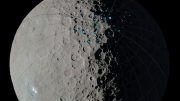
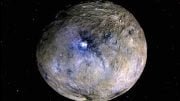
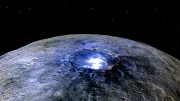
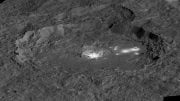
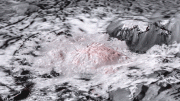
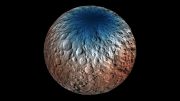
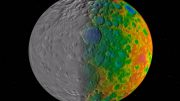
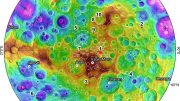
Be the first to comment on "New Research Shows Ice in Ceres’ Shadowed Craters Linked to Tilt History"